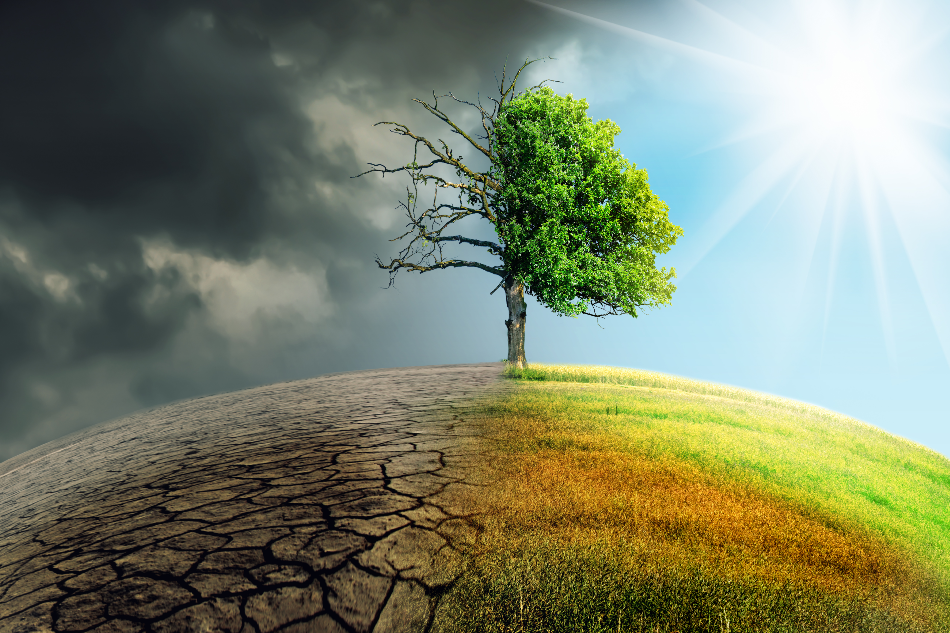Mar 29 2008

Image Credit: Sepp photography/Shutterstock.com
Article updated on 21/01/20 by Gaea Marelle Miranda
How to best offset emissions to slow global warming is among the puzzles that face policymakers, scientists, engineers, and the commercial sector. In this article, an overview of the forecasting of future energy supply and demand is presented.
Climate Modeling and Energy Systems
Energy producers would like to assess what climate change variables and policy options will most influence demand, supply, cost, and reliability. In looking at climate change impacts, strategic decisions can be guided by tying research into climate modeling and energy systems modeling together.
A three-year study by the United States Department of Energy (DOE), partnered with Princeton University, the University of Washington, the University of California at Davis, and Pacific Gas and Electric (PG&E), sought to assess energy production in the United States in terms of its economic viability.
Economic Impacts of Climate Change
Through partnering with key energy companies, including PG&E, Seattle City Lights, Calpine Corp., Southern California Edison, and Recolte Energy, the DOE research addressed the economic impacts of climate change and policies. Altogether, the groups that participated in the research accounted for about 80 percent of the energy in the Western region, spanning from Washington in the upper northwest, going east to Montana, and south to New Mexico.
Partner institutions agreed that a key strategy in addressing climate change was to minimize greenhouse gas emissions, especially in cases where coal is relied upon for energy generation as in those more eastern parts of the region. This is extremely relevant as more than half of the electricity generated in the U.S. comes from coal.
Coal and Emissions of Greenhouse Gas
It was accounted during the research that the biggest disadvantage of using coal is its emissions that directly influence greenhouse gas emissions. Also, mining and water pollution issues are key problems in the production area. Thus, climate change is perceived to be a global problem that requires local or micro-level solutions to be resolved.
Researchers are keen to understand how coal could function if emissions are regulated, especially in the West where carbon sequestration is being practiced. While this may be the case, West Coast climate change policies tend to ignore the role of burning coal to generate electricity, although energy providers anticipate that changes in resources and population may motivate their interest in putting coal on the table as a consideration in the energy supply mix.
Water Supply Becomes More Seasonal as Glaciers Diminish
Relatively steady water supplies from melting glaciers in the Pacific Northwest are expected to become increasingly limited over time due to climate change. As the glaciers diminish, water supply will become more seasonal, surging with spring snow melts. Additionally, in California, a massive population influx into the hotter, drier regions is anticipated in the long run– putting further strain on per capita energy demands in the state.
Noah Goldstein, a researcher involved in forecasting future energy demands in the United States, put together a model that showed shifts in demographics and demand based on time and location. According to the model, the human population increases are expected to significantly influence energy demands in the coming years. In California, for example, the population is expected to grow from 35 million to 50-70 million in the next 40-50 years; this would mean that the demand for energy resources would be the double of today’s current demand.
Climate Change and Annual Water Runoff
Another tool to predict energy demand is a code developed by spatial statistician Gardar Johannesson that facilitates a closer look at how anticipated climate change may affect annual water runoff from watersheds. The current model typically averages its predictions across 180-300 km grids. The project has developed new climate models that rely on statistical downscaling so that watershed analysis can be conducted on a focused grid of roughly 10 km.
Such a focused climate impact model will report the average condition in each grid cell, but will also extract the range of variation, such as daily lows and highs, not usually represented in the typical climate trend predictions derived from existing models.
Predictive tools for energy supply could also be used in the developing world. In India for instance, glacial melt from the Himalayas will shift as those reserves shrink. The model could be used to assess such activity and generate predictions that may be useful in energy studies. A senior consultant at PG&E emphasized that looking at such variations that are normally averaged out of climate change predictions is “enlightening” when it comes to managing energy supply and demand.
Source
Lawrence Livermore National Laboratory